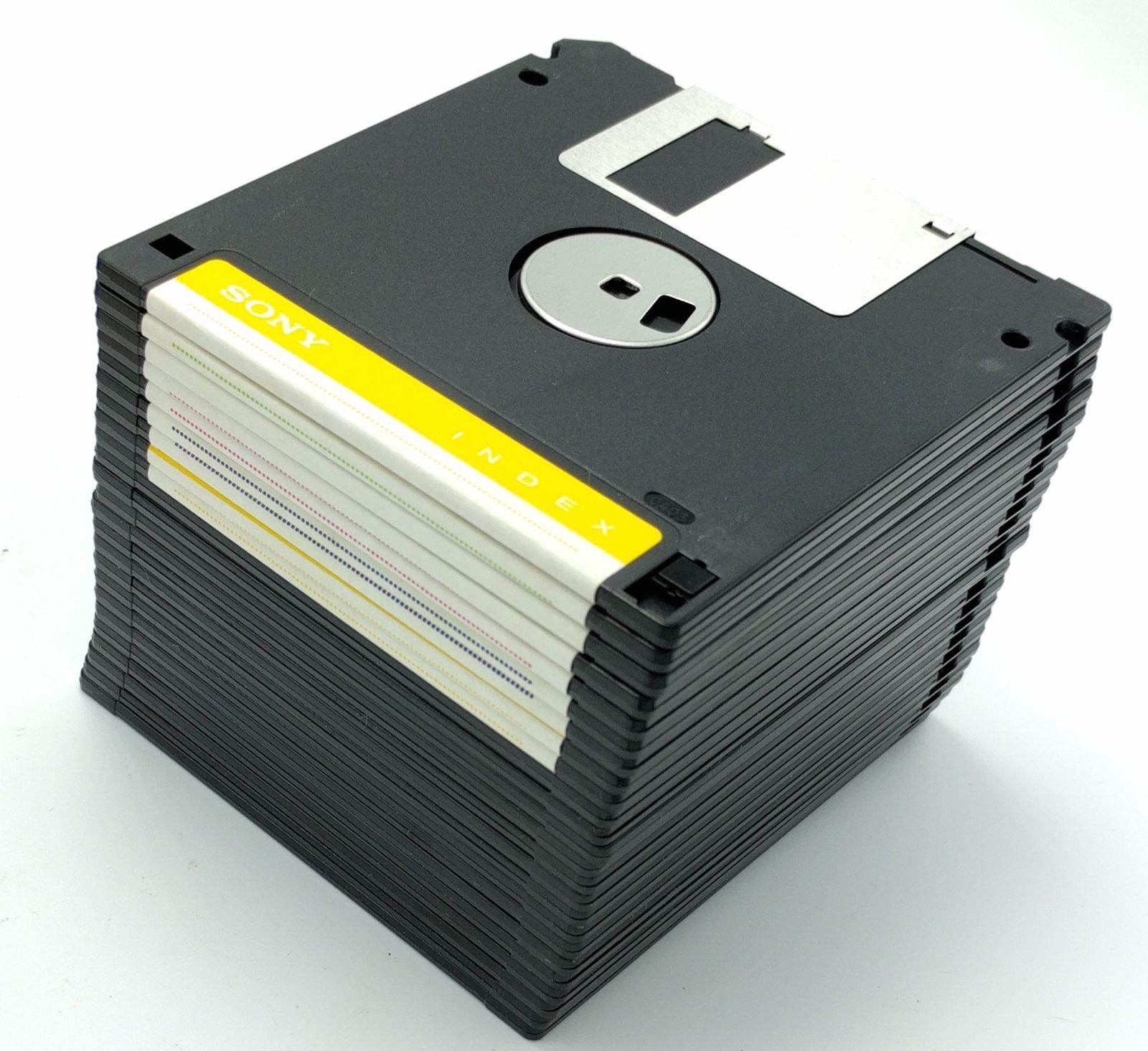

I’m a fan of the Kryoflux and recommend it regularly, but it does have several limitations, especially when it comes to cost, so I’ve been looking for alternative ways to access HFS formatted disks. Variations on this question include: “why can’t my USB 3.5” floppy disk drive read old Mac disks?” or, “How do I access double sided double density (DS/DD) Mac disks?” or, “I have a stack of 3.5” floppy disks that neither Windows nor Linux will recognize, what gives?” However the question is formed, a common recommendation from the community is to use a Kryoflux controller card to capture the data from the drive.

One of the more common questions asked on the various digital curation forums is how to access HFS formatted 3.5” floppy disks. The low-level track & sector markers were often fiddled with by some software as part of a copy protection scheme.A Mac HD 3.5″ floppy disk: Not compatible with 400/800KB disk drives. There is some good information on track formatting of different floppy variants here. A quick format won't find them and therefore the format and/or any write to the disk will fail. If you erase your disk, or part of it, using a magnet, the track sector markers are destroyed. In both cases a blank directory is placed at the head of the disk by the operating system. Usually the sectors are overwritten with zeros, but not necessarily. The process is simply to mark the sectors as empty. On a quick format, the electronics assume that the markers are still there. This takes time as the drive must apply the markers, and check that they are correct. On a full format, a completely blank disk has these markers written. These markers are fixed magnetic sequences that are picked up by the drive electronics so that it knows where the sectors are. A formatted disk contains markers which identify the start of each track and the start of each sector within the track.


 0 kommentar(er)
0 kommentar(er)
